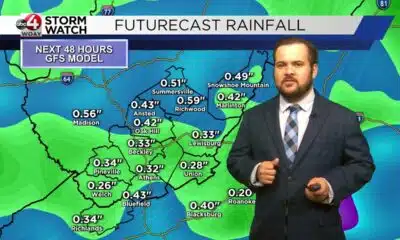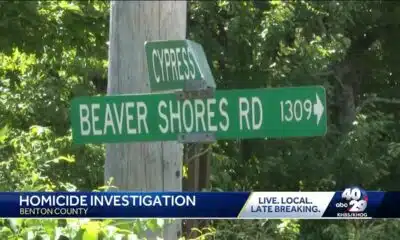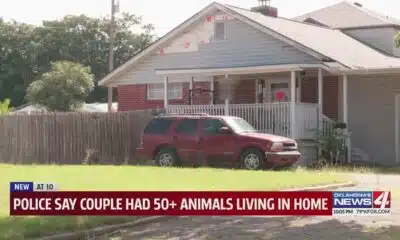(The Center Square) – According to the most recently available data, there were nearly 50,000 border crime arrests reported statewide in Texas in 2023 by local law enforcement agencies.
Eighty percent of arrests occurred in 20 counties, according to an annual Texas border crime report published by the Texas Department of Public Safety.
The majority of border crime arrests, 8,621, were reported in Harris County, the largest county in Texas, where Houston, the county seat, is a primary destination for illegal border crossers and hub for cartel and gang activity, The Center Square has reported.
The next greatest number of arrests were reported in Dallas County (6,247), followed by El Paso County (3,245); Tarrant County (3,144) and Hidalgo County (2,611), rounding out the top five.
Arrests in Travis (2,300), Bexar (1,717), Collin (1,520), Denton (1,313) and Cameron (1,171) counties rounded out the top 10 with the greatest number of reported border crime arrests.
Of the top 20 counties reporting the most border crime arrests, only five are located at the Texas-Mexico border.
The majority of reported border crime arrests were in counties where the largest cities are located: Houston, Dallas, Fort Worth, Austin and San Antonio – all considered hubs and gateways for drug and human trafficking and smuggling, law enforcement officers have explained to The Center Square. The cities are also home to employers who hire illegal foreign nationals for cheap labor, often at restaurants, hotels, laundromats, in the construction and hospitality industries, officials have told to The Center Square.
Arrest offenses totaled 46,793 statewide in 2023, according to the report.
The greatest number of arrest offenses were traffic offenses and DWIs (12,338), assault (8,122), dangerous drugs (4,043), obstructing police (3,365), larceny (3,160), federal offenses (2,708), public order crimes (1,617), trafficking and smuggling (1,251), invading privacy (882), burglary (753) and weapon offenses (740).
“Border crime impacts all areas of Texas,” the Texas Department of Public Safety states. “As the data contained in these pages demonstrates, criminal illegal aliens account for a significant number of serious offenses in Texas. These criminals harm Texans and affect our safety and security.”
The report compiles data submitted by local law enforcement agencies for offenses and arrests reported to DPS using data collected through Texas’ Uniform Crime Reporting program.
Texas Government Code defines “Border crime” as “(a)ny crime involving transnational criminal activity that undermines public safety or security … committed by a person who is not a citizen or national of the United States and is not lawfully present in the United States” or that “is coordinated with or related to activities or crimes that occur or are committed in the United Mexican States.”
A border crime arrest refers to criminal offenses committed by foreign nationals who are in the U.S. illegally, as identified by the U.S. Department of Homeland Security. The report doesn’t include all arrests of illegal foreign nationals because not everyone arrested is in the DHS database. An individual’s lawful status is determined by matching fingerprints to a DHS database. If the arrestee’s fingerprints aren’t yet in the DHS database at the time of their Texas arrest, DHS isn’t able to biometrically verify their status and that information isn’t included in the report, DPS explains.
The data covers Jan. 1 through Dec. 31, 2023, with data updated as of March 30, 2024.
State law requires DPS to prepare and submit an annual report on border crime to the state legislature every year.
“Texas is fortunate to have a high number of law enforcement agencies that contribute to the UCR program,” DPS said; 1,401 Texas agencies contributed data to the UCR program. “Without their participation, reports such as this would not be meaningful.”











































